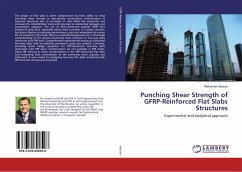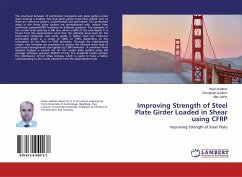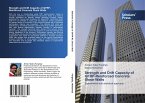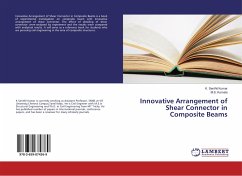Shear connectors between concrete slabs and steel beams in composite constructions play an important role in the seismic response of a structure. Headed stud and Perfobond shear connectors are the most common types of shear connectors while the application of C-shaped shear connectors was increasing over the last decade. Since there are some limitations in the use of headed studs and Perfobond connectors, the use of C-shaped shear connectors is recommended. In this book, the behavior of C-shaped angle shear connectors embedded in high strength concrete are presented. The connectors were tested under monotonic and low cyclic fatigue loading. Investigations were conducted in order to consider several parameters affecting the performance of the angle shear connectors such as the connectors geometric properties and different concrete strength. The results of experimental push-out tests were used to verify the parametric investigations. Based on the results, angle shear connectors showed good behavior in terms of shear capacity but not in ductility as the main criterion for the behavior of shear connectors. The details of angle shear connector behavior have been discussed in details.
Bitte wählen Sie Ihr Anliegen aus.
Rechnungen
Retourenschein anfordern
Bestellstatus
Storno








